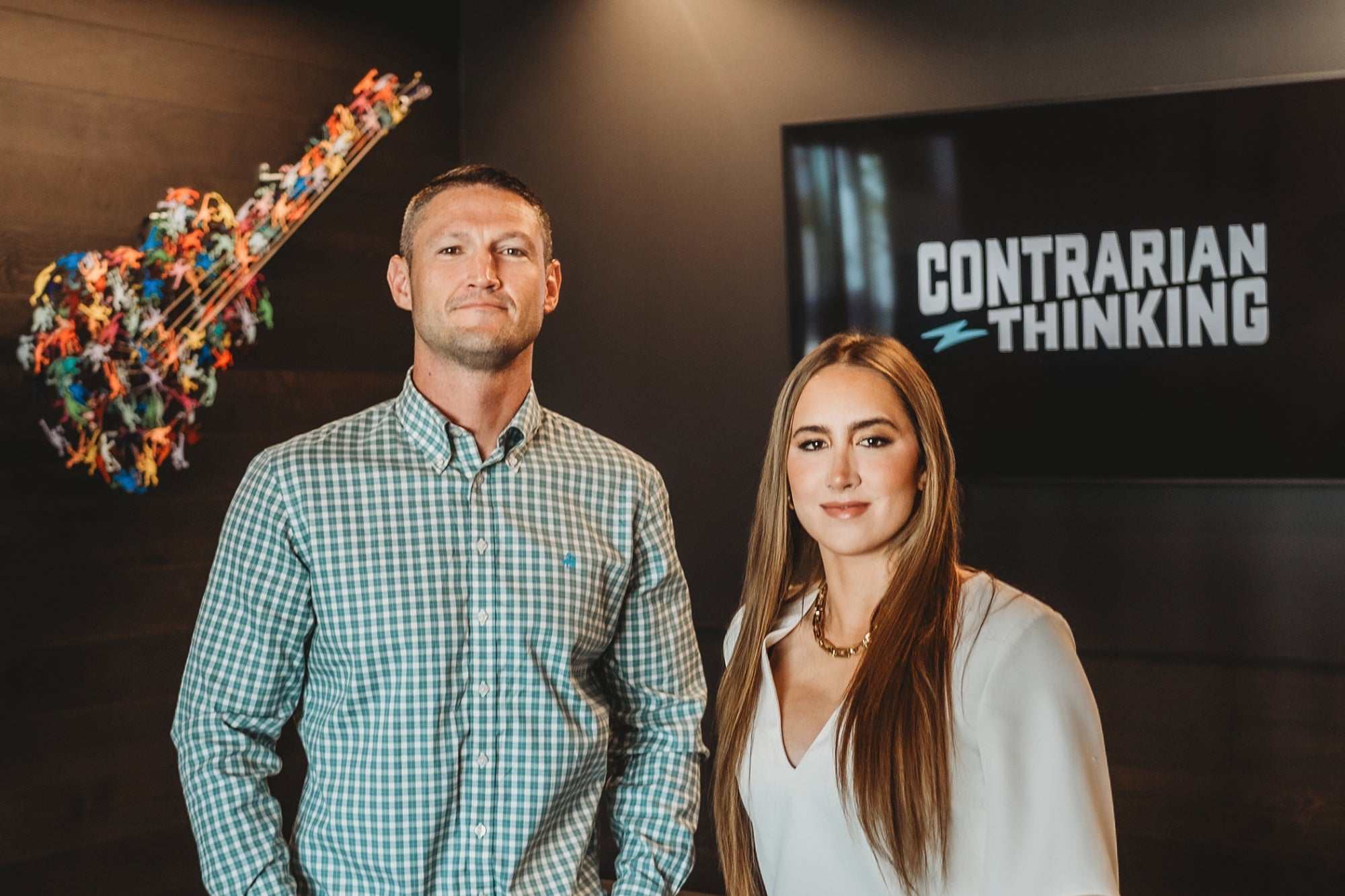If You Want to Remain Competitive, You Need to Overhaul Your Workplace Training. Here's How. From an employee skills gap to a softening economy, current workforce challenges are proving it's time to revamp old-school training solutions — many fall short for employers and employees alike. A more effective learning culture can pay multiple dividends.
By Graham Glass Edited by Kara McIntyre
Opinions expressed by BIZ Experiences contributors are their own.
Referring to an uncertain business climate, investor Warren Buffett said, "Only when the tide goes out do you discover who's been swimming naked." Buffett was talking about insurers and risk exposure, but he might as well have been talking about e-learning and training in the business world.
Old-school learning management systems (LMSs) are by now familiar, but often hard to use and unrewarding; they may not close skill gaps, which places businesses at a competitive or economic disadvantage. When the "tide goes out," leaving organizations scrambling for an edge, training shortcomings loom larger still.
For those open to a little disruption, though, there's a roadmap for minimizing those shortcomings.
Related: Workplace Learning Is Broken. These 5 Steps Tell You How to Fix It.
How is the tide going out?
Let me count the ways. Higher interest rates and bank failures stoke economic worry. In a season of widespread layoffs — which are already rippling through the tech sector — employee training is a typical casualty.
At the same time, ironically, there is a well-documented skills gap troubling many business sectors — increasing the incidence of job requirements evolving beyond peoples' competencies. The World Economic Forum and PwC warn that more than half the world's workers will need to learn new technologies by 2025. But only 34% of employees see employers as doing enough to support new skills development.
It's time to disrupt training as we know it
Why the dismal score? Even when a company invests dutifully in learning and development, if the delivery platform is venerable (or just value-engineered), it might merely disgorge analog or linear media. If it's old enough, it doesn't respond to individual learner agendas; it's like broadcast radio in a personal-playlist world. When training systems yank employees away from important tasks, then dispense one-size-fits-all content that might seem irrelevant or tedious, their use might occur only under duress — despite the clear business case for embracing perpetual upskilling.
There are solid, ROI-tied reasons for evolving to more effective training.
Related: How to Evaluate if Your Corporate Training Is Working
Here's how to start
Start by stopping something, if your organization's still doing it: Stop viewing workers and their ongoing development as a cost sink. Start counting them and programs to address their skill gaps as productivity and profit centers.
"Executives don't see the full value of investing in the workforce for the long run," said Thomas Kochan at MIT's Sloan School of Management in a Deloitte article, although it means "being able to drive productivity improvements by having good jobs that pay good wages and having workers who are well-trained ahead of any investments in technology so that they can add value."
But there are plenty of credible metrics to quantify the ROI of good workplace training.
If this adds up to a sea change at your organization, it's time. But a revised top-to-bottom view of employee value demands executive buy-in, and getting it means emphasizing the business case for better training.
"Leaders expect you to leverage the [training] investment … to improve the organization's overall performance," warned workplace performance expert Ajay Pangarkar. "Essentially, the learning employees acquire through the infrastructure must demonstrate improving business performance that will indirectly lead to positive financial results."
There are two straightforward ways to connect those dots.
One is to emphasize personalized competency-based learning — a training framework that focuses on outcomes, real-world performance, and the employee's demonstration of mastery. An AI-enhanced intelligent learning platform can do more than serve up individualized, relevant coursework one learner at a time. It can automate performance measurement for each learner. That's a whole generation better than dispensing one-size-fits-all videos or slide decks. New-generation solutions can fulfill a mentoring role — responding to individual learning styles, even format preferences.
The second way to connect learning culture with business performance is to realize that an organization is better equipped to assemble mission-focused dream teams from within. It may be reflex behavior to recruit specialized talent from outside, but it's also time-consuming and expensive — and even people with ideal credentials can be rough cultural fits. Modern competency-based learning systems make it easier to optimize people in your own ranks. The organization's institutional memory improves; strides in productivity result.
4 additional clear wins
What else can happen as organizations embrace modern, personalized learning platforms?
- They'll win more rounds in the talent wars. When workers are hired from the outside, they appreciate a training system that listens, adjusts and mentors.
- More people retain more skills. A dividend of catering to individual learning styles.
- Talent stays longer. Less churn, disaffection, "quiet quitting" or burnout.
- The table is set for greater innovation. A better-skilled business is naturally better at solving marketplace challenges, which come thick and fast these days.
For all these reasons, pivoting away from special-occasion or emergency learning — and toward embedding training in the regular rhythm of the workplace — helps build cohesive internal work culture, even (perhaps especially) among remote workers, which matters all the more in tumultuous economic times.
Related: 4 Big Benefits of Improved Employee Training
Be ready for that ebb tide
A global slowdown, isolated or undertrained workers, talent wars, widening skill gaps — they're either possible in the near future or already causing grief. Companies facing such uncertainties will perform better when they're willing to disrupt old workplace training norms and elevate a perpetual skill-honing and intelligent learning culture. Classifying these things and the technologies that support them as productivity boosters, not drags on the enterprise, is essential to motivating the future digital workforce.











